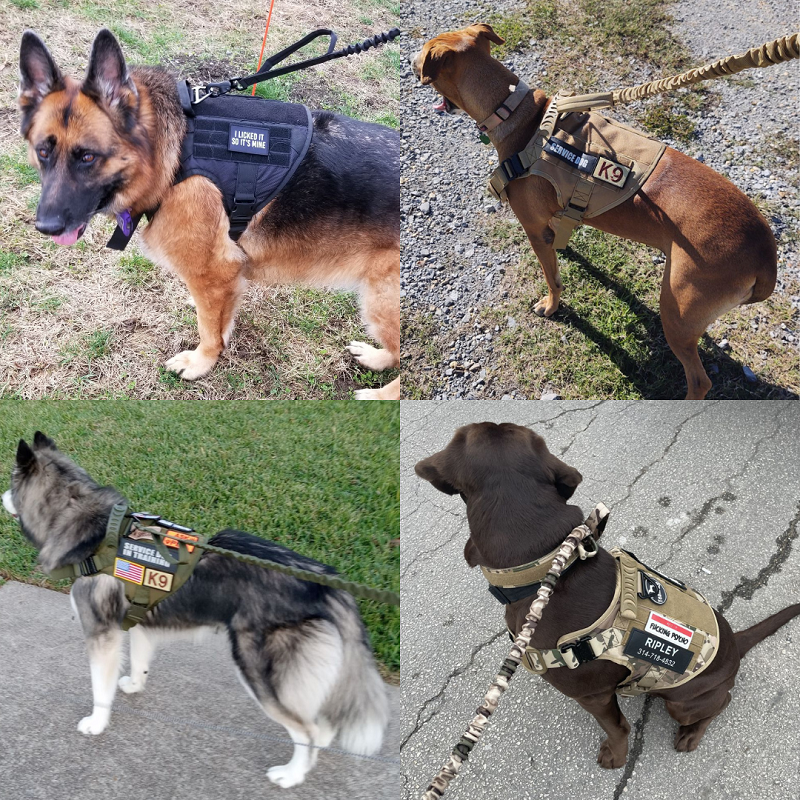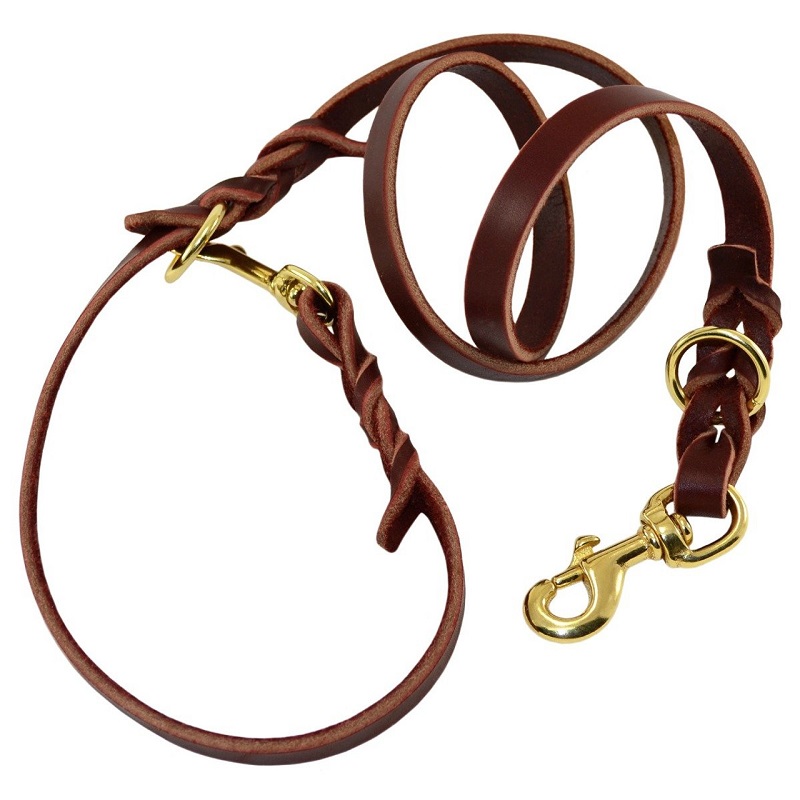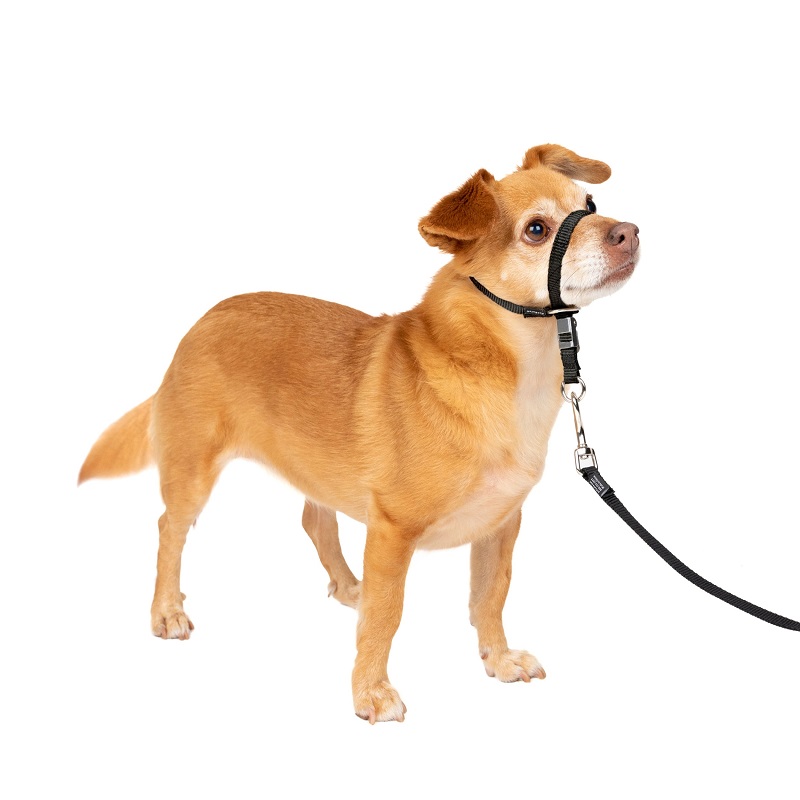Service dogs play a critical role in assisting individuals with disabilities, providing support and enhancing their quality of life. One of the key questions that often arises is whether service dogs need to leash. This article aims to address this question comprehensively by examining the requirements, exceptions, and practical considerations related to leashing service dogs.
The Role of Service Dogs
What Is a Service Dog?
Service dogs are specially trained animals that perform tasks or services for individuals with disabilities. Unlike therapy dogs or emotional support animals, service dogs train to perform specific tasks that directly assist their handlers. These tasks may include guiding visually impaired individuals, alerting to medical conditions, retrieving items, or providing physical support.
Service dogs are recognized under the Americans with Disabilities Act (ADA) in the United States, which outlines their rights and responsibilities. They are allowed to accompany their handlers in public places where pets might not be permitted. The extensive training and the critical nature of their work underscore the importance of understanding their requirements, including whether they need to be leashed.
The Importance of Proper Training
Proper training is essential for a service dog to perform its duties effectively and safely. Service dogs undergo rigorous training programs that teach them how to respond to various commands, navigate different environments, and interact appropriately with people and other animals. This training ensures that service dogs well-behave and reliable, which is crucial for their effectiveness in assisting their handlers.
The training process also addresses how service dogs should behave in public spaces, including how they should restrain or controlled. This leads to discussions about whether leashing is always necessary, or if there are exceptions based on the specific tasks and training of the service dog.

Legal Requirements for Leashing Service Dogs
ADA Guidelines on Leashes
Under the ADA, service dogs are generally required to be under control at all times, which often means being leashed. The guidelines state that service dogs must be harnessed, leashed, or tethered unless the use of such devices interferes with the dog’s ability to perform its tasks or if the handler has a disability that prevents the use of these devices. This flexibility is crucial for accommodating different needs and situations.
The ADA acknowledges that there are circumstances where a leashes might not be practical or effective. For example, if a service dog’s task involves assisting with mobility or if the dog needs to interact with a person in a specific way, a leash might hinder the dog’s ability to perform its duties effectively. In such cases, other forms of control or restraint may be used.
State and Local Regulations
In addition to federal guidelines, state and local regulations may have specific rules regarding the leashing of service dogs. These regulations can vary significantly, and it’s important for service dog handlers to be aware of the rules in their area. While federal law provides a baseline, state and local laws may impose additional requirements or offer more specific guidance on the use of leashes.
Handlers should familiarize themselves with both federal and local regulations to ensure compliance and avoid potential issues. This includes understanding any exceptions that may apply in their jurisdiction and how these rules affect the use of leashes with service dogs.
Exceptions to Leashing Requirements
When a Leash Might Interfere with the Dog’s Work
There are situations where a leash might interfere with a service dog’s ability to perform its tasks effectively. For instance, service dogs that train to assist with mobility or guide visually impaired individuals may need to operate without a leash to perform their duties optimally. In these cases, the use of a harness or other control devices that do not impede the dog’s movements might be more appropriate.
The ADA allows for flexibility in such cases, recognizing that the effectiveness of a service dog’s work can compromise by the use of a leash. Handlers should work closely with their service dog trainers to determine the most suitable approach for controlling their dogs while ensuring that the dog’s tasks can perform without hindrance.
Alternative Control Methods
When a leash is not feasible, alternative control methods can use to ensure the service dog remains under control. These methods might include using a harness with a handle, long lines, or other specialized equipment designed for specific tasks. The key is to maintain effective control over the service dog while allowing it to perform its essential functions.
Handlers should discuss alternative control methods with their service dog trainers to find solutions that meet their needs and comply with legal requirements. These methods should be practical and effective, ensuring that the service dog can assist its handler while being safely controls.

Practical Considerations for Leashing Service Dogs
The Impact on the Dog’s Performance
Leashing a service dog can have a significant impact on its performance, especially if the leash interferes with the tasks the dog train to perform. For example, a leash might limit the dog’s ability to maneuver effectively or respond to commands as needed. It’s important for handlers to consider how a leash might affect their service dog’s ability to perform its duties and to explore alternative solutions if necessary.
Handlers should work closely with their service dog trainers to assess how leashing might impact their dog’s performance and to develop strategies to mitigate any negative effects. This might involve training the dog to work effectively with a leash or exploring alternative control methods that better suit the dog’s needs.
Balancing Control and Freedom
Striking a balance between maintaining control and allowing the service dog the freedom to perform its tasks is crucial. A leashes provides a means of control but can also restrict the dog’s movements and its ability to carry out certain tasks. Finding the right balance involves evaluating the specific tasks the service dog performs and determining the most effective way to manage the dog’s behavior while ensuring it can assist its handler effectively.
Handlers should consider their individual needs and the specific requirements of their service dog when making decisions about leashing. This may involve experimenting with different types of leashes or control devices to find the best solution for their situation.
Ensuring Compliance and Safety
Training and Ongoing Evaluation
Ensuring that a service dog remains under control while performing its tasks involves continuous training and evaluation. Service dogs should undergo regular training sessions to reinforce their skills and ensure that they can work effectively with or without a leash. This ongoing training helps to maintain the dog’s proficiency and adaptability in various situations.
Handlers should also evaluate their service dog’s performance and behavior regularly to ensure that the chosen control method is effective and that the dog can perform its tasks without issues. Regular check-ins with trainers or service dog organizations can help address any concerns and make adjustments as needed.
Working with Service Dog Organizations
Collaborating with service dog organizations can provide valuable support and guidance regarding leashing requirements and control methods. These organizations offer resources and expertise to help handlers navigate the complexities of service dog management and ensure that their dogs well-train and compliant with legal requirements.
Handlers should take advantage of the resources and support offered by service dog organizations to address any challenges related to leashing and control. This collaboration can help ensure that both the handler and the service dog well-prepare to handle various situations and maintain effective communication.

Conclusion
The question of whether service dogs need leashes is multifaceted, involving legal requirements, practical considerations, and the specific needs of the service dog and its handler. While leashing generally requiring under the ADA, there are exceptions and alternative methods that can use depending on the service dog’s tasks and the handler’s needs.
By understanding the legal guidelines, exploring alternative control methods, and working closely with trainers and service dog organizations, handlers can ensure that their service dogs remain effective and well-controlled while performing their essential duties. Balancing control and freedom is key to maintaining the service dog’s performance and ensuring a positive experience for both the handler and the dog.










